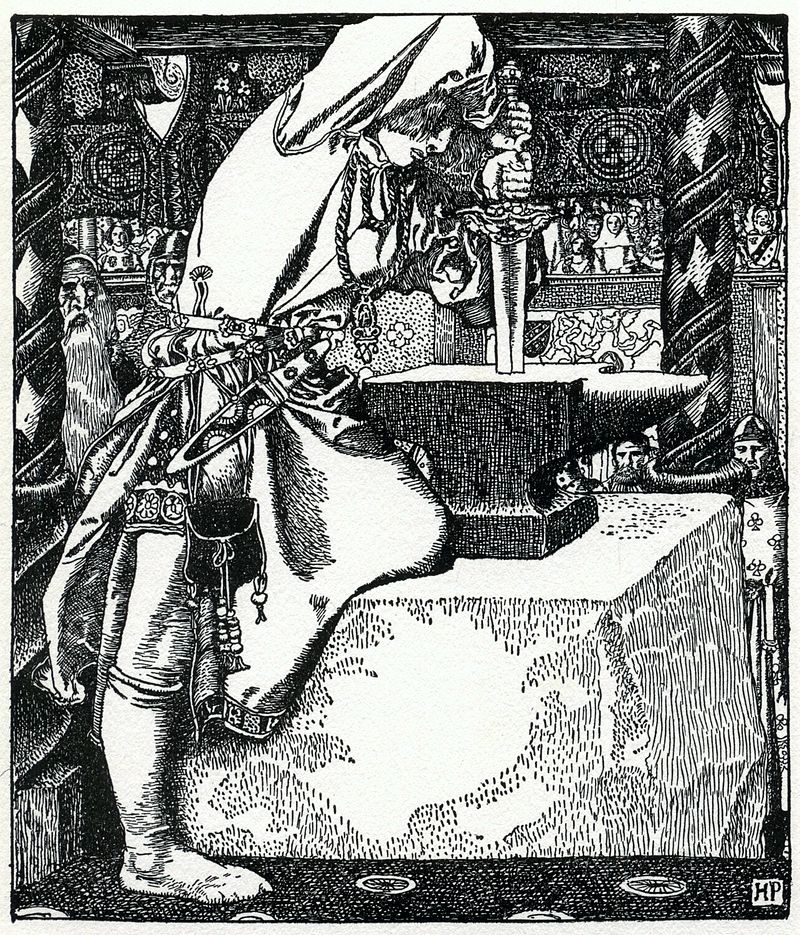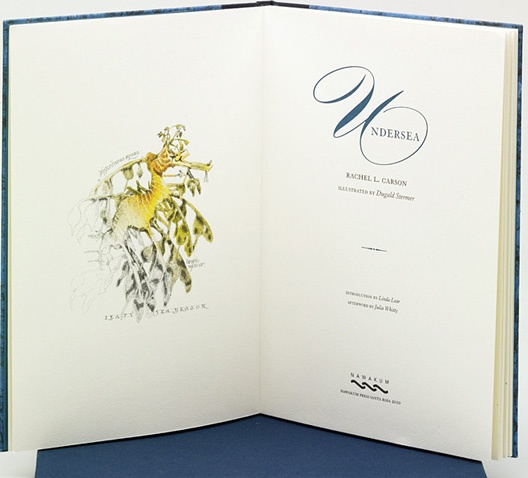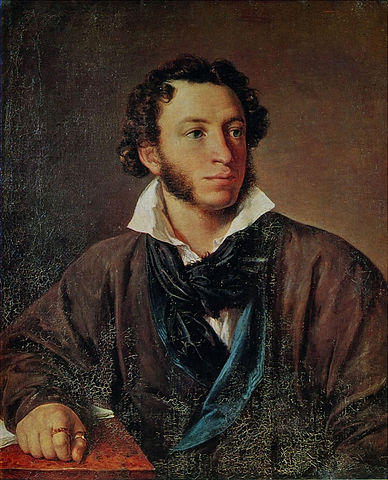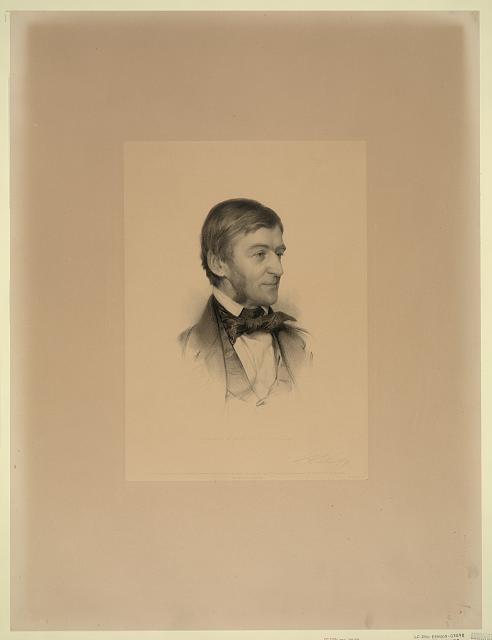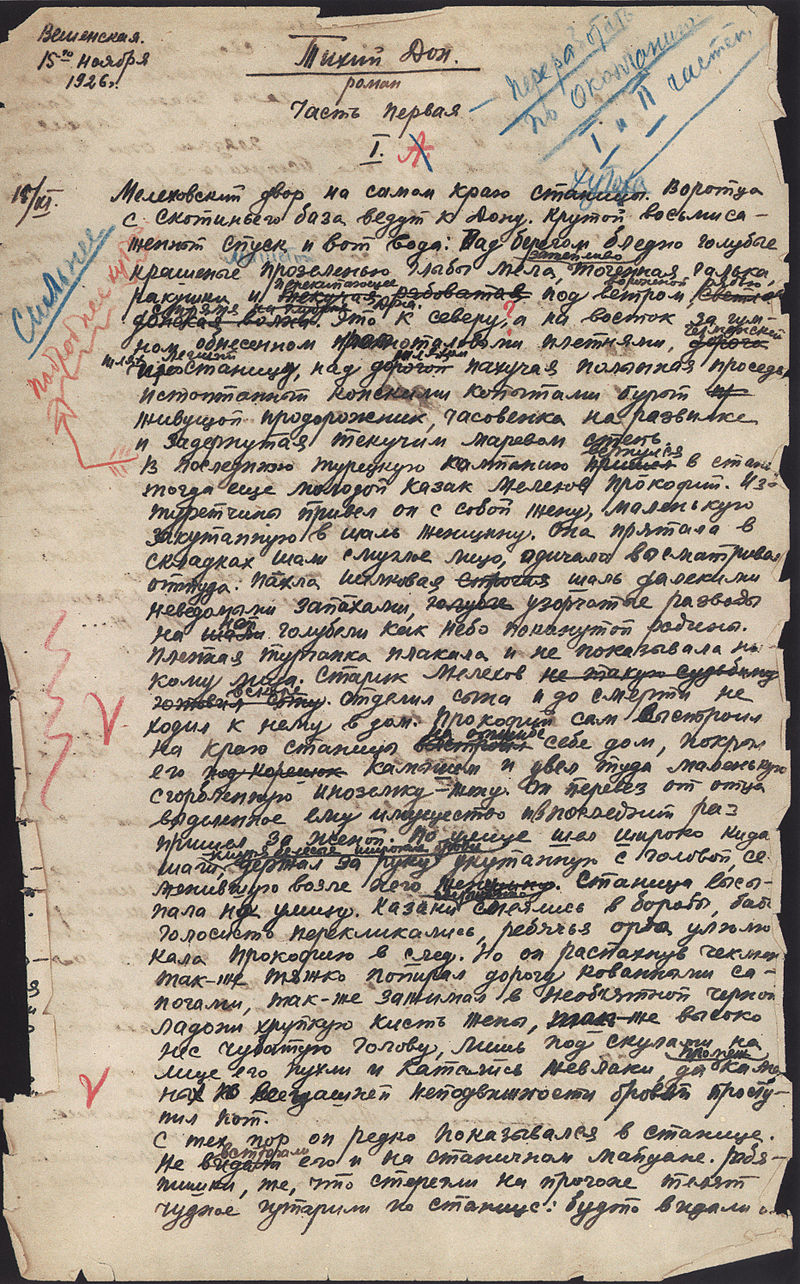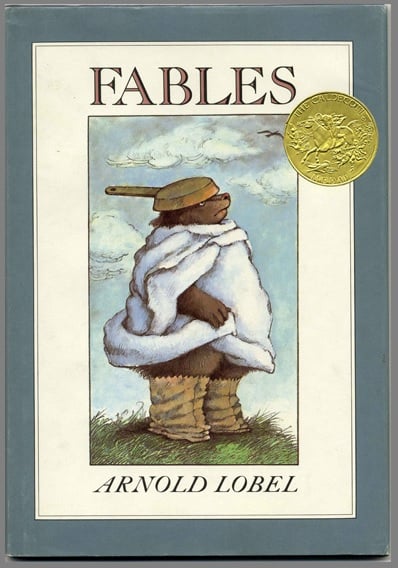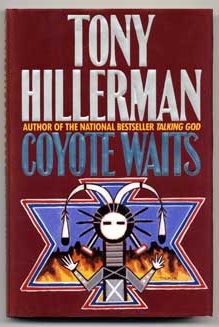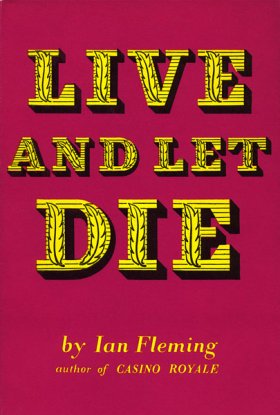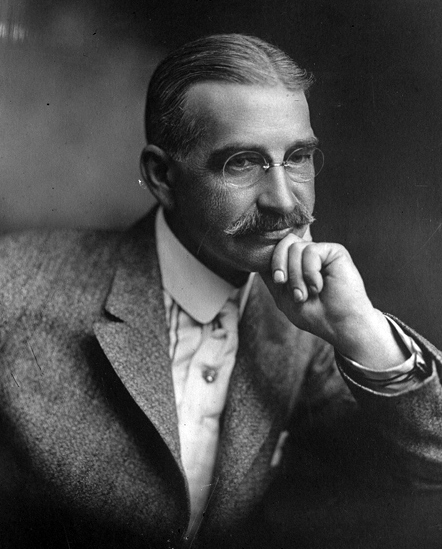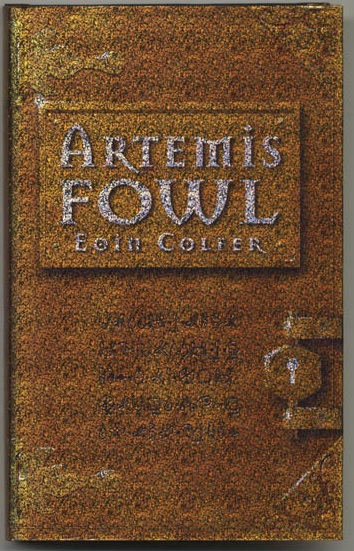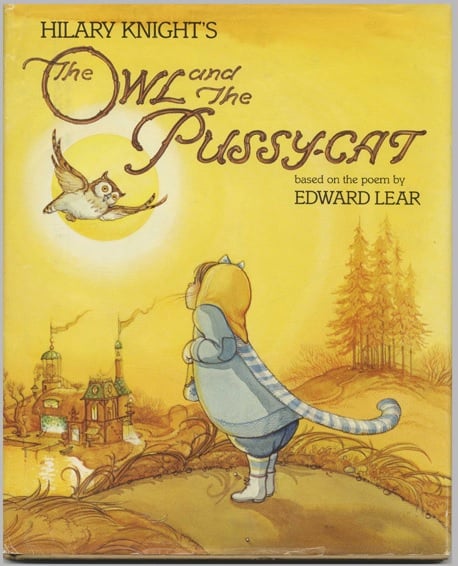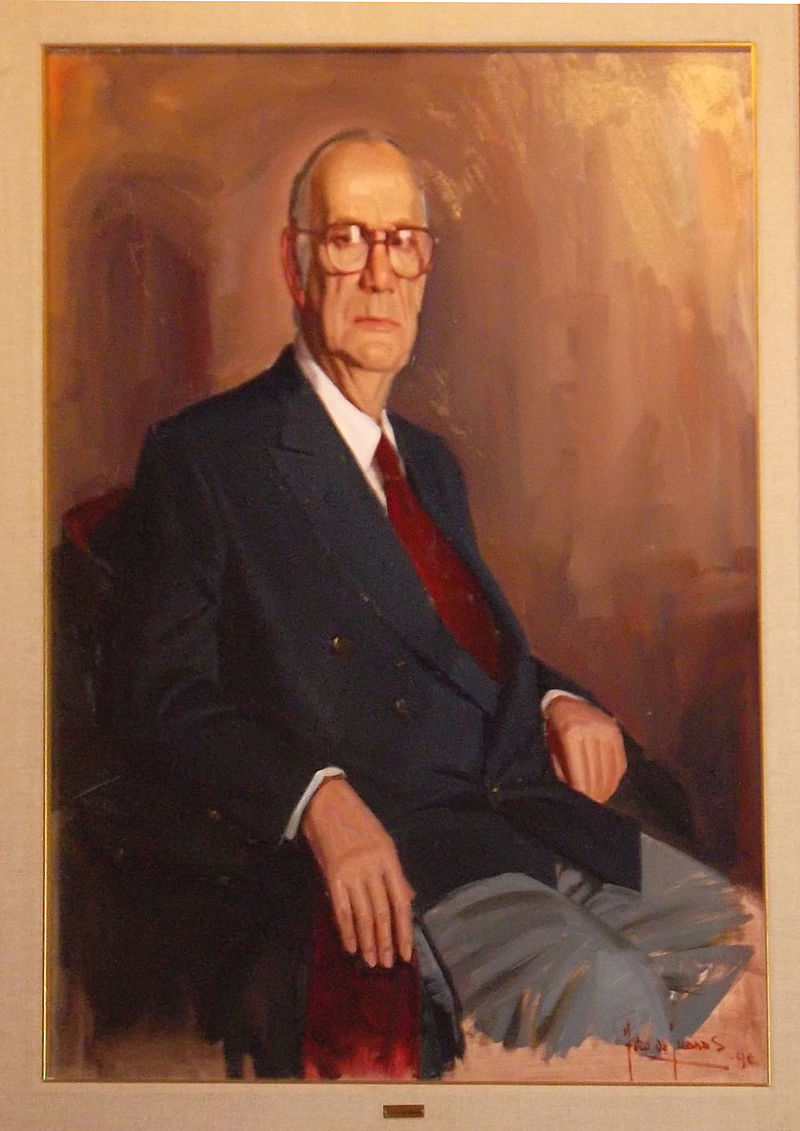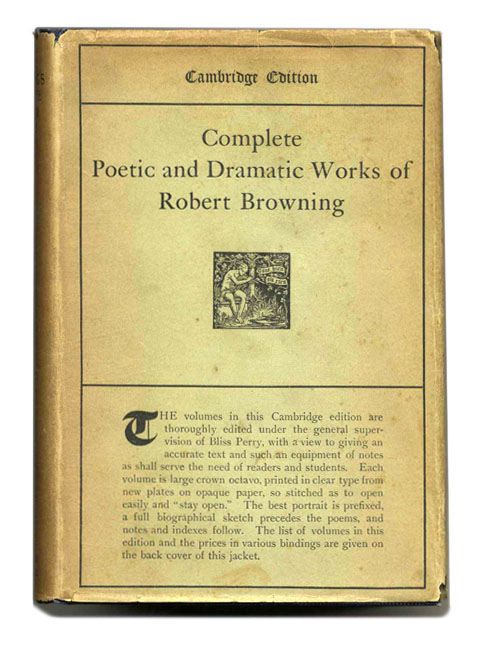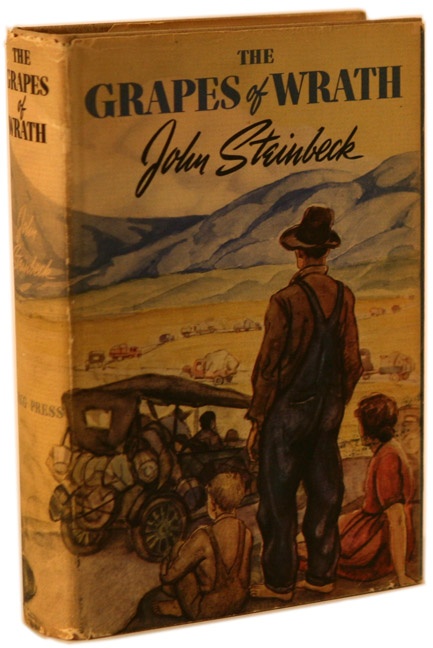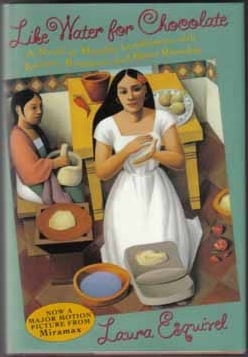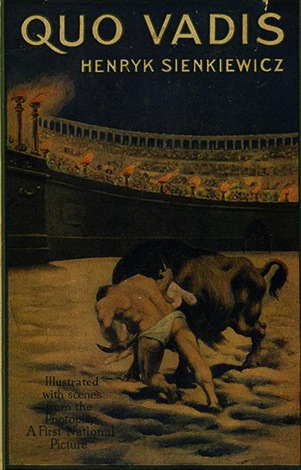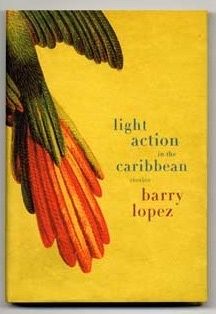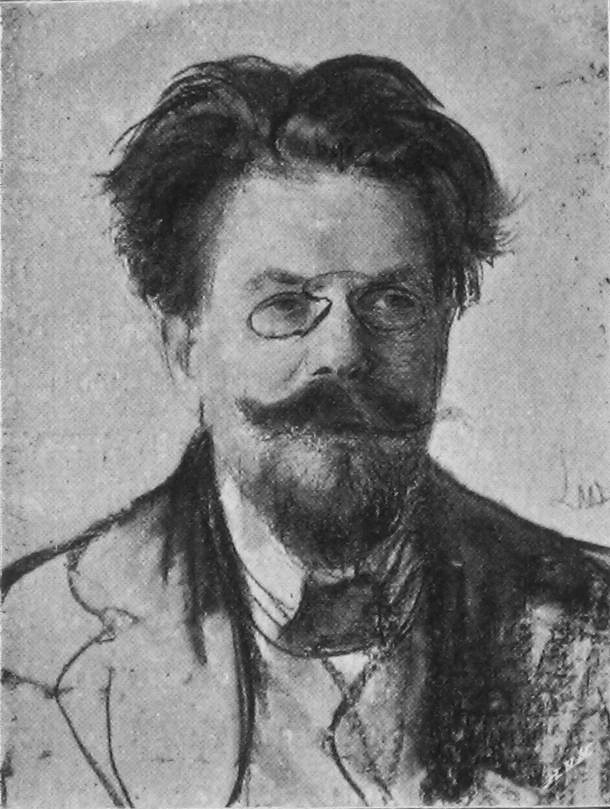T.H. White is the man best known for writing the King Arthur books; the ones about the young boy who pulls a sword from a stone and creates Camelot with his wizard mentor Merlin. These stories are beloved, retold, and have been reinvented as animated films and full scale musicals, even defining the time in America before the assassination of President Kennedy.
Camelot, it seems, is a perfect place, one where there is no trouble, life is easy, and love is pure. White’s life, however, bore no resemblance to such a place, and his battle with alcohol, emotion, and his own natural tendencies influenced his work and led him to live a truly lonely yet remarkable life.




